[ad_1]
We might only be a couple of weeks in to the 2024 TV hardware season, but it’s already looking set to be a transformative year for the once humble gogglebox. One where we could see the long-established best TV landscape transformed so much by a battle over brightness that a once-key premium TV technology may find itself fighting for survival.
This sounds like pretty apocalyptic talk, I realise, at a time when most AV fans (apart from a few middle aged CRT fans, maybe) would likely say that when it comes to TV technology, we’ve never had it so good. Intense rivalries between the world’s biggest manufacturers and, increasingly, competing technologies have propelled the TV world forward over the past 10 years at an unprecedented rate, leaving us spoilt for choice like never before.
This cheerful place of TV excellence we’ve arrived at, though, has been built around key principles that have remained more or less steady (there are always exceptions, of course) throughout this accelerated period of TV evolution. Namely that OLED TVs tend to be thought of as the premium option for serious movie fans who like to watch their TV in dark rooms, while LCD TVs appeal for their cheapness at the lower end of the market, and their much higher, living room friendly brightness at the premium end of the market. It’s this premium LCD market, though, that’s suddenly starting to feel squeezed.
QD-OLED: A big brightness boost
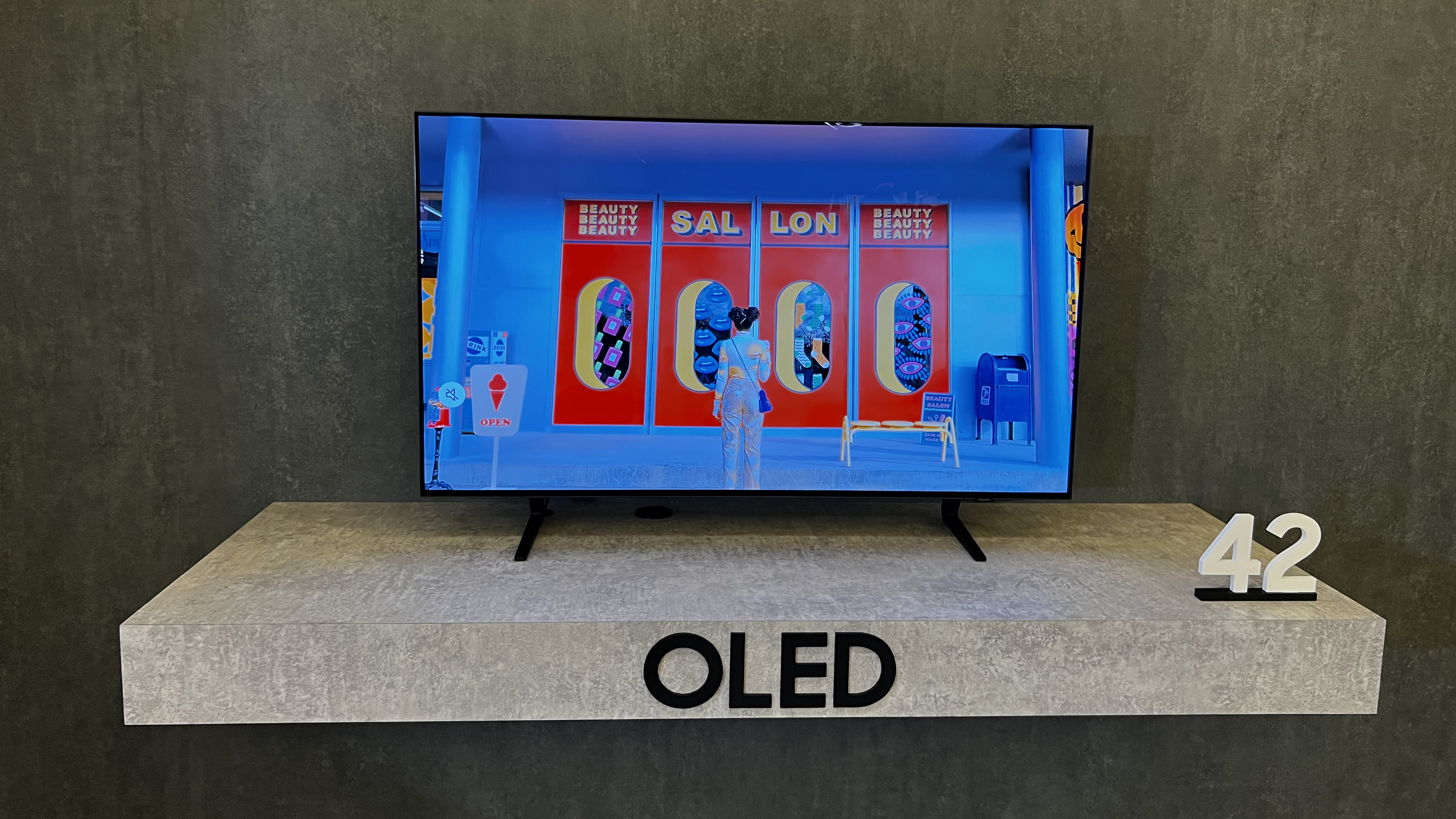
Exhibit A in this redrawn battle for TV supremacy comes, ironically, in the shape of the Samsung S95D OLED TVs. I’ve been lucky enough to spend a few days in the company of these flagship models from Samsung’s 2024 Quantum Dot OLED TV range, and I’m still reeling from what I witnessed. In particular, easily the most brightness I’ve ever seen from an OLED screen.
My own measurements recorded a light output over a small 2% white test area on the S95D of more than 2,100 nits, and nearly 1800 nits on a 10% test window. This latter measurement was up nearly 400 nits on Samsung’s previous flagship QD OLED TV, which itself tied for the brightest OLED TV ever with LG’s G3 series (a series which introduced new micro lens array technology to better focus the light output emerging from their WRGB OLED panels).
We don’t have exact figures yet on how the new LG G4 Micro Lens Array OLEDs might be shaping up, but we’ve seen enough of it to know that it is going to be brighter than the G3 was. As, almost certainly, will be other OLED TVs from other brands that use either Quantum Dot or micro lens array OLED technologies. Long gone are the days when it was exciting if an OLED TV hit 600 nits.
What all this means is that there’s suddenly an army of OLED TVs starting to push well and truly into brightness territory that was once exclusively the domain of light living room-friendly premium LCD TVs. I’ve watched the Samsung S95D in a bright day lit room, and believe me: It remains very watchable indeed. Especially as this series also happens to feature a remarkably effective reflection-rejecting filter on the front of its screen.
OLED closes the gap with LCD
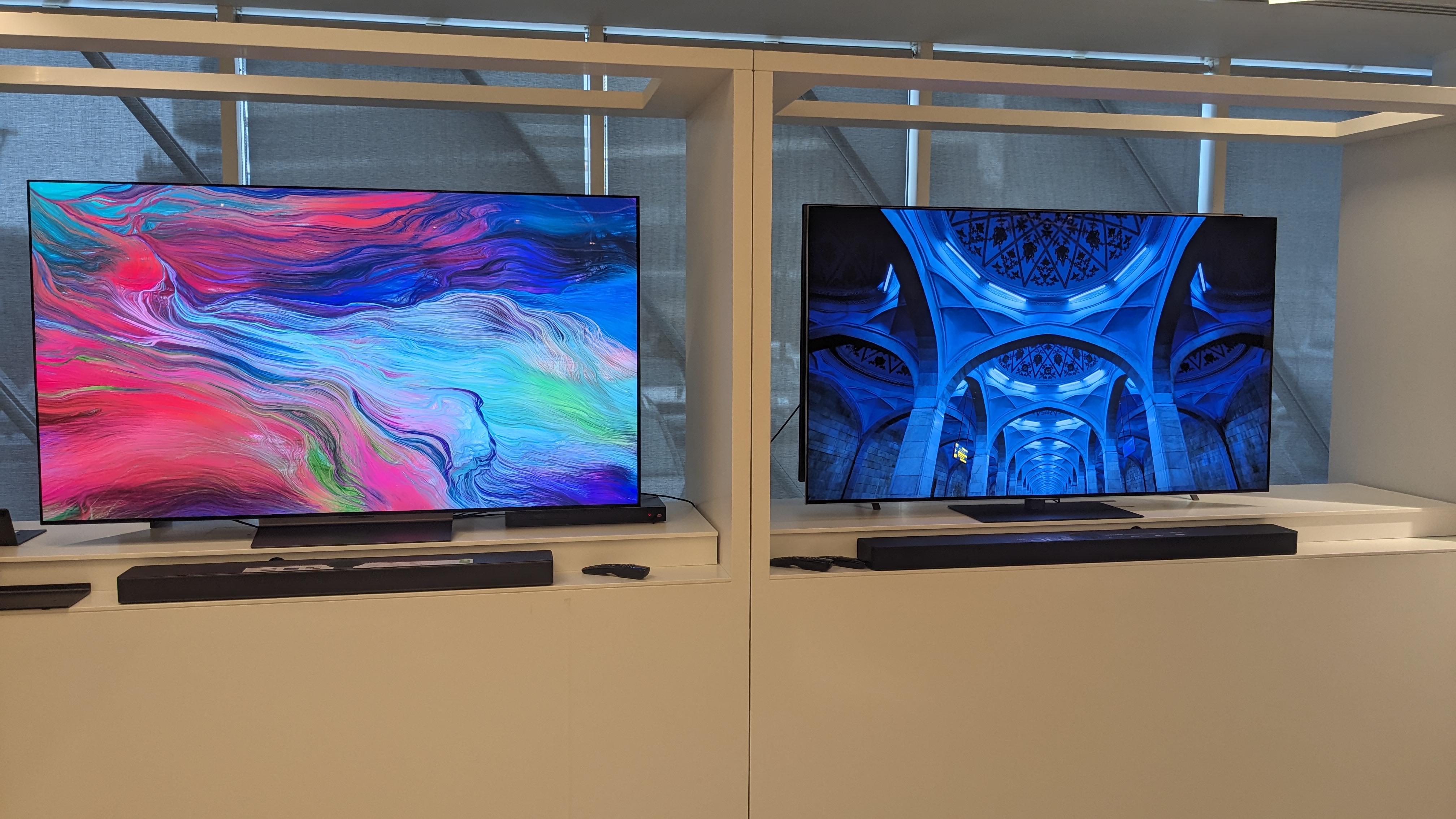
The new-found brightness of OLED TVs joins their legendary contrast-enhancing self-emissive design, where every pixel in their screens produce its own light, rather than external backlighting having to be shared across many thousands of pixels as happens with all LCD TVs.
OLED TVs also more readily deliver realistic wide viewing angles than LCD TVs can. And while LCD TVs used to command an (on paper, at least) a brightness-based colour volume advantage, the pure RGB approach of Samsung’s Quantum Dot OLED approach and first impressions of a startling processing inspired colour saturation boost to LG’s new G4 OLED series suggest that this LCD colour volume advantage is also sliding away.
While the new OLED generation undermines premium LCD TVs’ traditional appeal, though, it’s not game over just yet. For instance, they still boast immunity to screen burn – an issue where prolonged exposure to static image elements can cause areas of the organic elements in OLED screens to fade faster than their neighbours, causing onscreen logos and the like to gradually leave a permanent image of themselves on the screen.
Here again, though, recent OLED panels seem to have seriously started to tackle their old burn-in nemesis, with reports of it occurring on relatively recent OLED TVs dwindling to almost nothing – despite the OLED panels also getting significantly brighter.
Premium LCD’s consistency issues
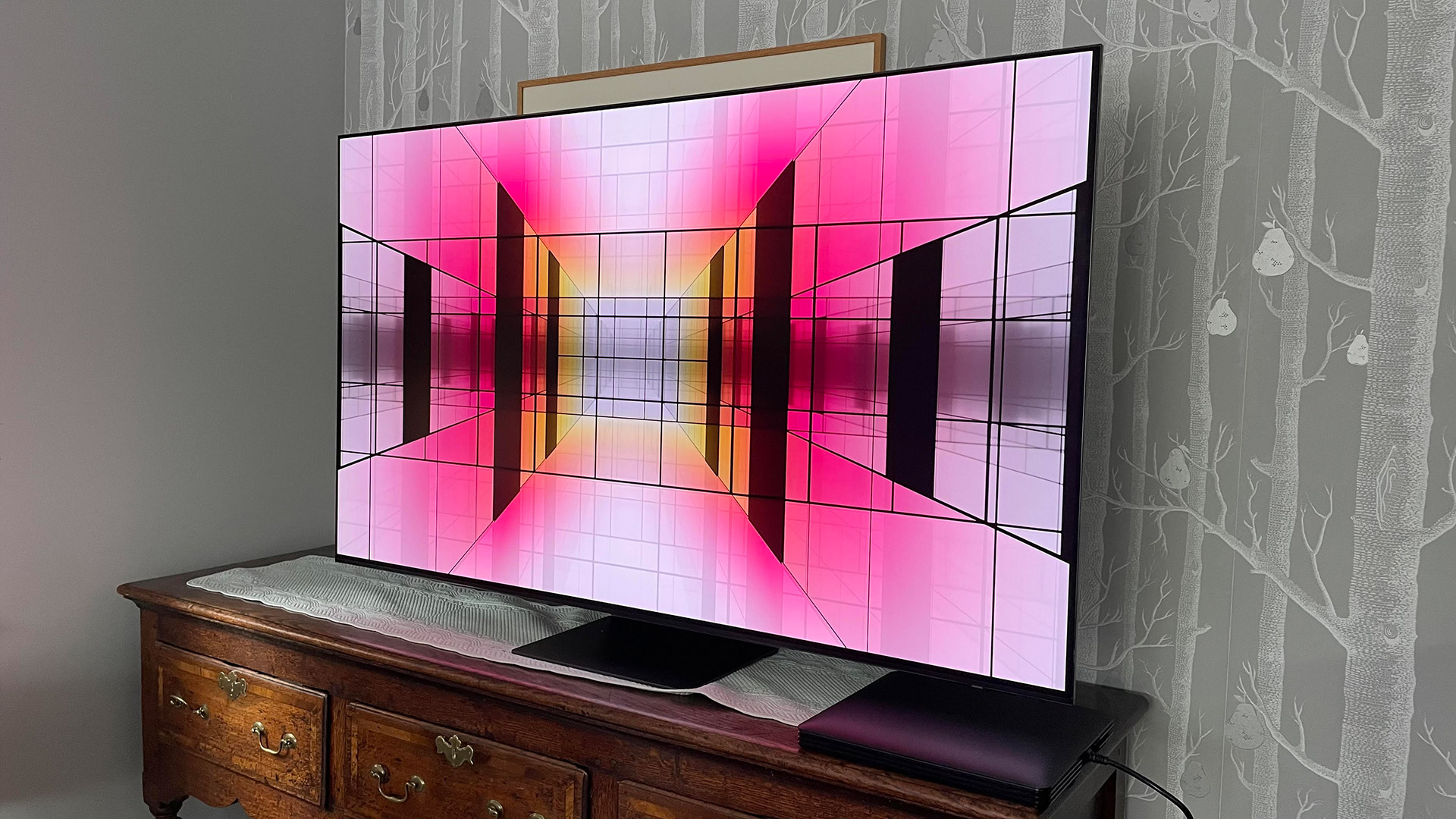
Another case in favour of premium LCD TVs is their potential brightness consistency. While OLED TVs can now get dramatically bright over a certain amount of their screen area, they still come up significantly short of premium LCDs with images that fill the whole screen with brightness.
Even the ‘light cannon’ Samsung S95D QD OLEDs can only hit around 330 nits of brightness with a full-screen white HDR test screen, while Samsung’s latest flagship LCD TV, the QE75QN900D, can muster almost twice as much luminance(639 nits) in the same conditions. So in theory, at least, premium LCD TVs have a better chance of delivering a more consistent bright HDR experience.
There’s a problem here too, though. Premium LCD TVs (which inevitably use local dimming systems these days) have consistency issues of their own. This can appear as blooming, where extraneous light spills out around bright objects when they appear against a dark backdrop, or it can appear in dimming down of small stand-out bright objects as the TV tries to avoid backlight blooming.
All the main LCD brands are consistently working to resolve these issues, including, especially, Sony, with new LCD backlight technology it showed off at this year’s CES. But no consumer TV yet has fully nailed it yet.
Keeping LCD relevant
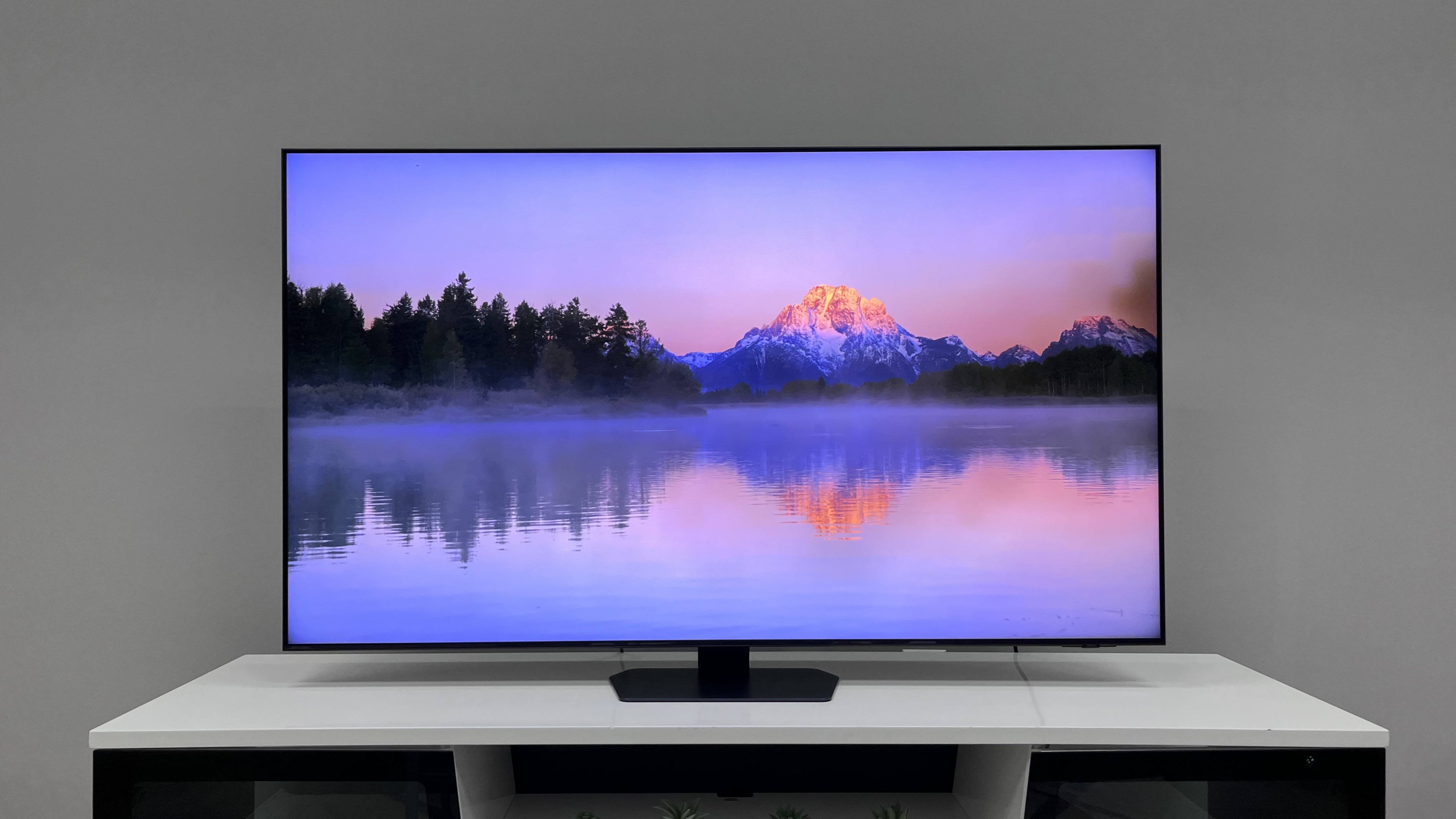
This leaves trying to keep ahead of OLED with their brightness as perhaps the best or, at least, most obvious hope for premium LCD TVs to keep themselves relevant. Samsung seems to have grasped this, as you might have expected with a brand that ranges similarly priced premium LCD and OLED TVs in its range.
As we discovered in a recent hands on, Samsung’s QN90D is hitting 2000 nits on a 10% HDR window, while Samsung’s QN900D 8K models are getting right up to more than 2400 nits (a big improvement on their predecessors, which got caught in the 2023 drama surrounding the introduction of unexpectedly harsh EU TV power consumption rules).
TCL has launched an LCD TV with 5000 nits of brightness to go with 5000 local dimming zones, while Hisense let the nits rip at the 2024 CES with a 110-inch screen capable of delivering a claimed 10,000 nits.
Sony, too, seems to understand the need for brightness speed with its LCD TVs – not just because that’s where the difference with OLED lies, either, but also based on a long-running philosophical belief that brightness is fundamentally important to delivering high dynamic range video convincingly. Sony’s debut 8K TVs remarkably punched up to 4000 nits way back in 2019, and nobody who saw it will quickly forget the 10,000-nit render of Gran Turismo playing on a prototype 8K LCD display on Sony’s 2018 CES stand.
Plus, as mentioned earlier, Sony also showed off a new ultra bright LCD backlight design with much more light control and power efficiency at 2024’s CES, which appears to be a potential consumer response to the new 4000-nit capable BVM-HX3110 mastering monitor Sony’s professional division rolled out at the end of 2023.
Can LCD deliver a brigher future?
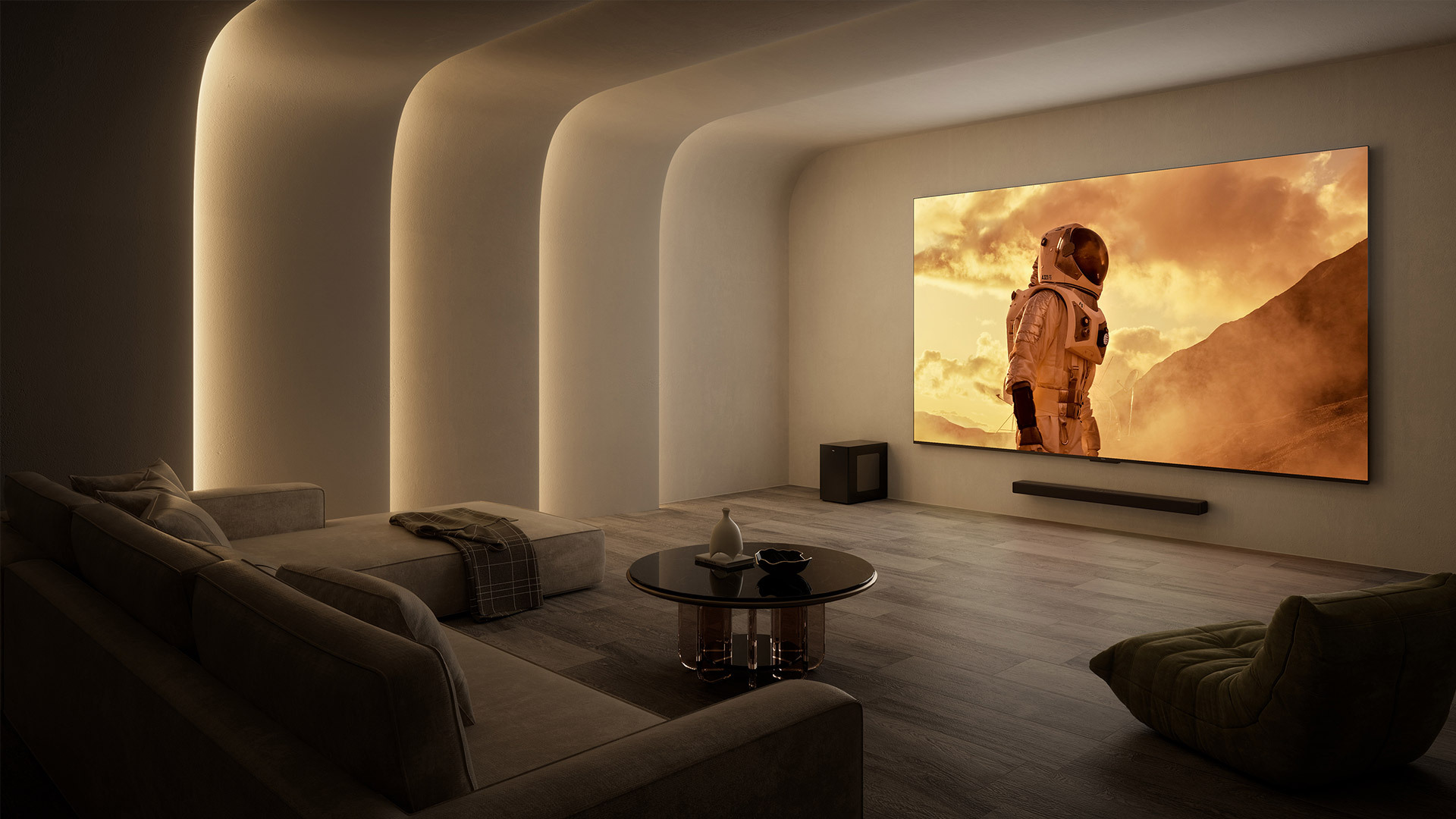
All these big numbers sounds pretty promising for premium LCD, to be fair. I personally love lots of brightness myself for HDR viewing too, for whatever that’s worth. But just as that mention of Sony’s new high-brightness mastering monitor maybe points to a bright, shining, OLED-duffing future, it also brings us to one final big problem: Creatives currently don’t seem to be embracing the sort of brightness premium LCD supporters are going to need to chase to retain an OLED ‘gap’.
I’ve met a few professional colourists in recent times who all seem more than content to work within 1000-nit limits (apart from maybe a brief sunlight bloom here or spotlight there). In which case, all those extra nits of brightness premium LCD TVs are chasing might not end up having much real-world value.
Obviously Sony hopes its new mastering monitor might start to shift the dial on filmmaker’s relationship with brightness. Especially when there are premium LCD TVs out there in the consumer world capable of handling all those nits. I hope that happens too, actually.
But until or unless that happens – and at best I predict it will be a pretty long process – premium LCD TVs look like they’re going to have to work harder than they ever have before to hold off the challenge of the OLEDs now starting to aggressively park their tanks on premium LCD’s brightness-based lawn.
You might also like
[ad_2]
Source Article Link

